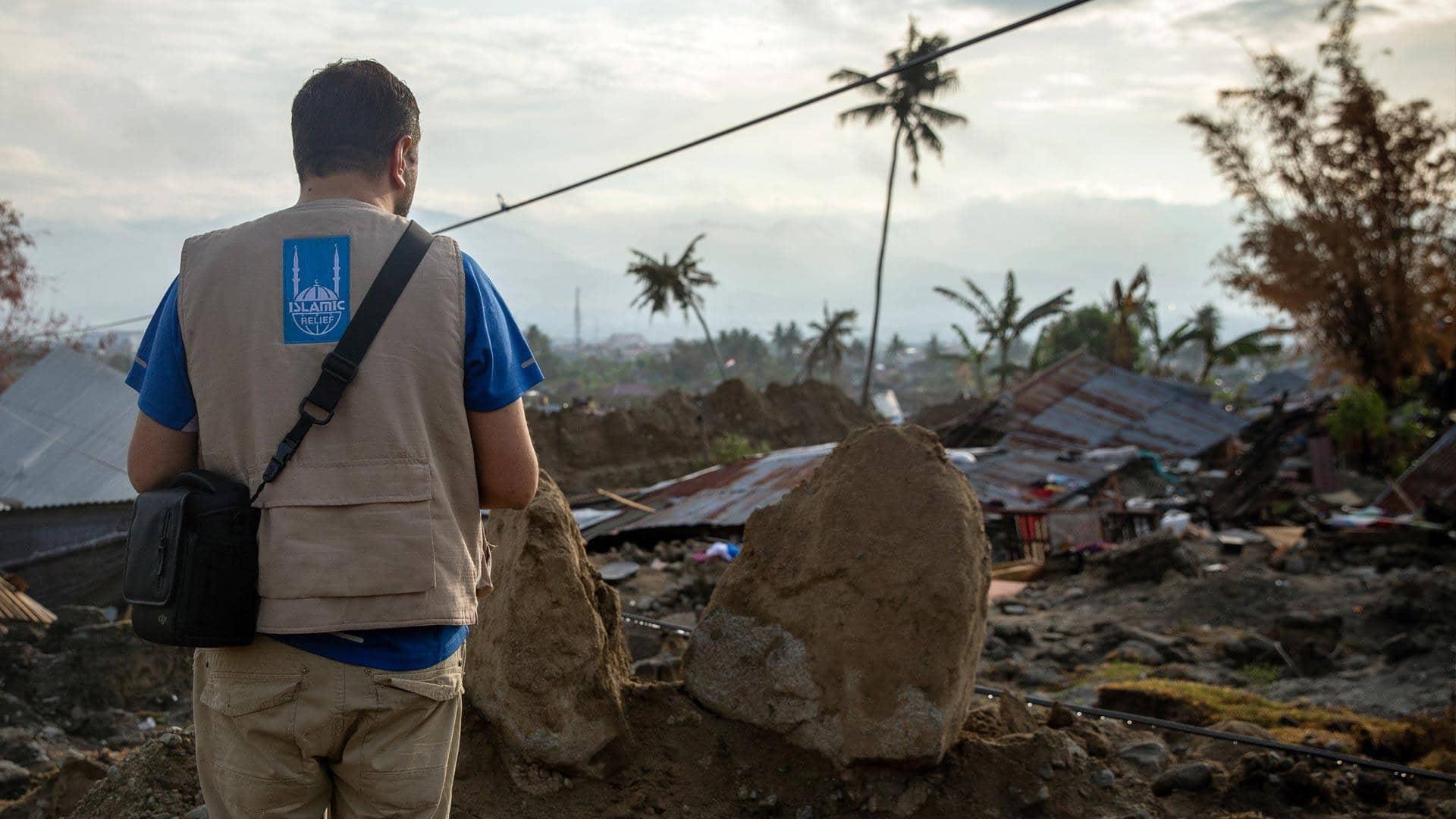
Giving: a new landscape
Embracing digital - Technology is rewiring the future of giving

We spoke to Adnan Hafiz, who looks after the network resource development division of Islamic Relief, about the charity’s journey into the digital space – and how recent events affected the donation behaviours of their supporters.
Like much of the charity sector, Islamic Relief has noticed a pattern of barriers affecting donation levels recently. According to Adnan, overall distrust in charities has become a notable issue.
“There is a notion that charities are being dishonest with money, and this misconception is unfortunately quite prevailing. When we get a chance to explain to people how things work - that the bulk of a donation goes to the cause it is intended for - we are usually able to overcome that. But stories about charities not fulfilling their mandate are in the media all of the time,” says Adnan.
“The cost of living challenges are ongoing so we don’t quite know what the impact of that will be. Anecdotally, we can see there is a difference in terms of giving levels. Obviously, when people are struggling, they’re going to cut back. Giving to charity is often one of the first things to go. The long-term impact remains to be seen.”
For Islamic Relief, while change was inevitable, the move towards digitisation was accelerated by the pandemic. As lockdown took hold, the team made some significant decisions around investing more into new technologies, in an attempt to overcome some of the challenges Covid-19 presented.
The organisation moved many fundraising and activity events online, developed their website, and began to explore new, digital donation tools – including investment into contactactless machines.
While jumping into the unknown can feel daunting, the need to adapt was evident to Islamic Relief. “More often than not it is our supporters demanding change. We have, generally speaking, a young audience, so we need to keep up. Otherwise we’ll get left behind!” explains Adnan, adding, “The UK is a pretty advanced digital economy. People are not carrying cash anymore.”
To ensure they can meet their organisational challenges and objectives, Adnan says it is important to have a banking partner that understands them and can tailor services to their needs. As Islamic Relief’s main corporate bank, Barclays has supported them in their digital journey and assisted them in making digitalised payments to the international locations where they operate and where the most in need are typically based. These included payments to fund humanitarian aid work.
Barclays also supports Islamic Relief in the management of risk exposure resulting from foreign exchange fluctuations; in accepting donations via card and online in multiple currencies and in multiple countries; and in better managing their long-term cash and investments.
Implementing new technology and exploring new digital tools poses some challenges, for even the largest of charities. Islamic Relief found some difficulties managing both costs and logistics.
Primary challenges have been around internal systems and internal training. Any change causes some sort of friction. There’s the cost of developing the new system, training staff, and in some instances, an education piece for our supporters.
In light of the latter point, Islamic Relief is keen to retain traditional cash-based donation channels, despite their digitally savvy average supporter.
Maintaining the cash avenue is important, particularly for our older generation of supporters, who aren’t as digitally active as the younger generation. But that space is slowly becoming smaller, in terms of funds raised and overall engagement.
The organisation has had some big wins when it comes to their digital pivot. They’ve had good return on investment, and the use of new donation platforms has seen them increase their fundraising levels and overall growth.
Adnan has some solid advice for any charity looking to implement new technologies into their organisation.
“Start with small steps. Sometimes that can make the jump into the unknown easier. Our journey over the past few years has been a series of small steps. We’ve evolved from small changes online, to different donation avenues, improving the website, moving into social, and then moving into mobile giving.
“No one moment in itself was a big game changer, but collectively, a difference emerges.”
“Don’t let the fear of a mistake prevent you from taking the steps needed for digitisation. The move has to happen, if it is not taking place already. Sometimes the fear of failure is what holds people back.”
“Finally, remember that supporters just want things to be as simple as possible.”
Where to next
Embracing digital - Technology is rewiring the future of giving
Understand your supporters to help inform your digital journey
